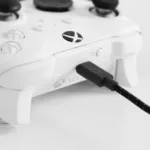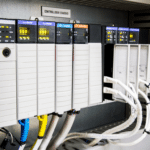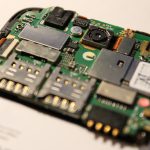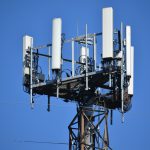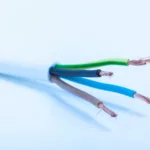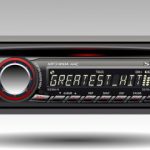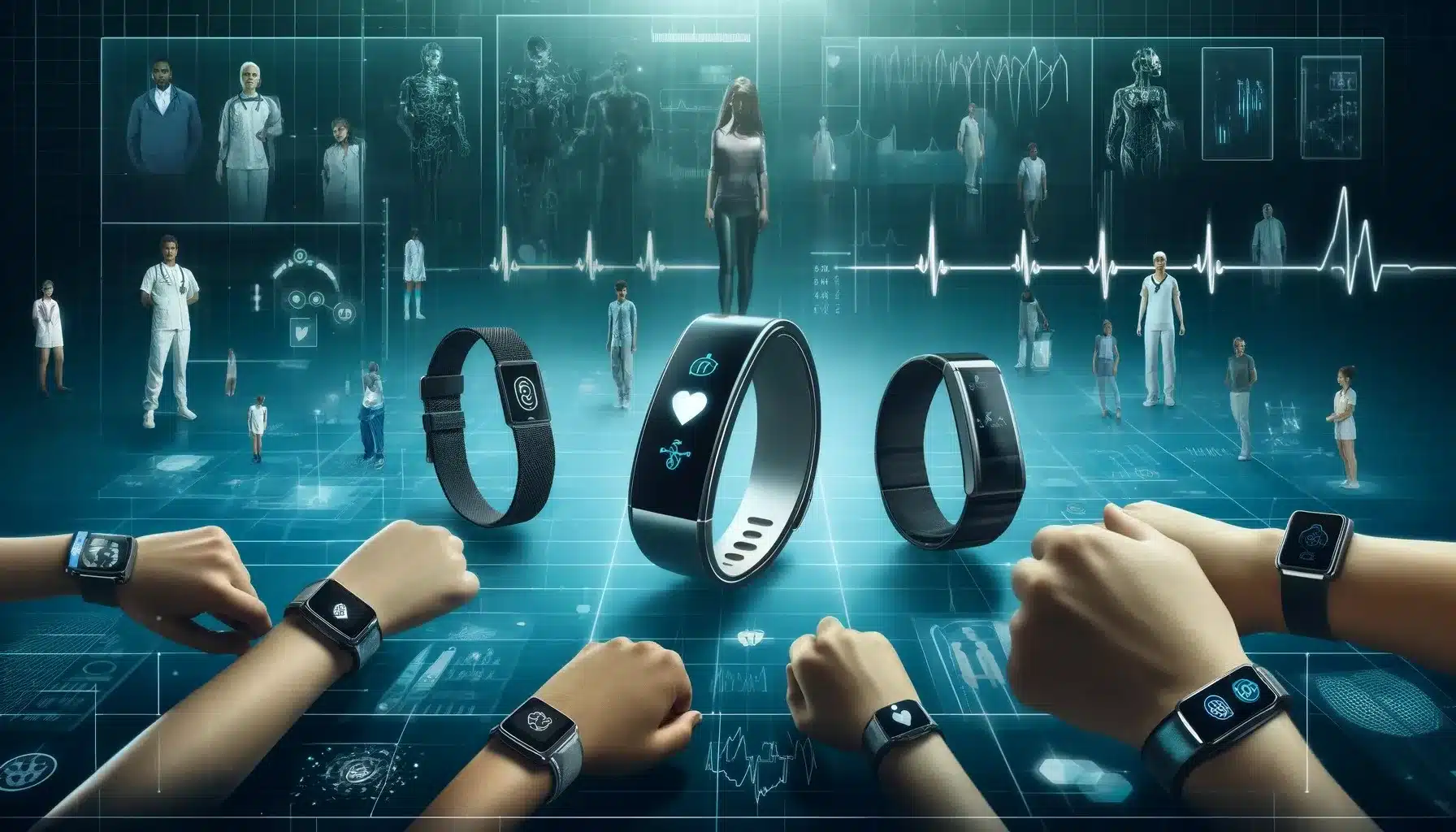
Introduction
In the evolving and vital landscape of healthcare technology, wearable health monitors stand out as pivotal tools for managing and improving personal health. These devices rely heavily on sophisticated sensor technologies. Understanding sensor technologies in wearable monitors is pivotal for advancing personalised medicine, improving health outcomes, and promoting proactive health management. This article reviews the critical role of notable sensor technologies in wearable health monitors, exploring how they function, their significance, versatile applications, and the latest innovations.
What are Wearable Health Monitors?
Wearable health monitors are devices or gadgets that people can wear on their bodies to measure different health parameters continuously. Additionally, they range from smartwatches and fitness bands to more specialised medical devices designed for continuous health monitoring. Health monitoring wearables leverage various sensor technologies to collect data, which is then processed to provide actionable health insights.
Overview of Sensor Technologies
Sensor technologies are integral components of wearable health monitors designed to gather data about the user’s physical state and activities. At their core, these sensors are devices that detect multiple events or changes in the environment and then provide a corresponding output. In the context of wearable technology, a wide variety of advanced sensors provide a comprehensive view of a user’s health in real-time.
The Significance of Integrating Sensor Technologies in Healthcare
The integration of sensor technologies in wearable health monitors has a profound impact on the healthcare industry. Moreover, these devices enable proactive health management, early detection of potential health issues, and personalised healthcare. The data collected can also help healthcare providers make informed decisions, thereby improving the overall quality of care.
Popular Types of Sensors Used in Wearable Health Monitors
Wearable sensors for health monitors come in various forms. Some of the most commonly used types of sensors in these devices include:
Photoplethysmography (PPG) Sensors
PPG sensors are optical sensors widely used in wearable devices to measure the blood volume changes in the microvascular bed of tissue. This sensor is particularly useful for monitoring heart rate, blood oxygen saturation (SpO2), and cardiac cycles. PPG sensors work by emitting light into the skin and precisely measuring the amount of light either absorbed or reflected by the blood vessels.
Electrocardiogram (ECG) Sensors
ECG sensors are designed to measure the electrical activity of the heart and are crucial in detecting various cardiac anomalies, including arrhythmias and heart attacks. Wearable devices with ECG sensors can provide critical data that help in early diagnosis and continuous cardiac monitoring.
Accelerometers and Gyroscopes
These sensors measure the acceleration and rotational movements of the body. However, they are essential for tracking physical activity, including steps taken, calories burned, and even sleep quality. By analysing the data from these sensors, wearable devices can offer personalised activity recommendations and monitor sleep patterns.
Temperature Sensors
Temperature sensors in wearable devices can continuously monitor body temperature. This is vital for fitness tracking, detecting fevers, and monitoring thermal regulation in the body, benefitting patients with specific medical conditions.
Bioimpedance Sensors
Bioimpedance sensors measure the resistance of body tissue to tiny electrical currents, which can be used to assess body composition, hydration levels, and even respiratory rates. These sensors are particularly useful in fitness and wellness tracking to provide a comprehensive view of a user’s health status.
Multi-Sensor Technologies in Wearable Health Monitors
The integration of multiple sensors into a single wearable device has expanded its capabilities, allowing comprehensive health monitoring beyond basic vital signs. For instance, modern wearable health monitors incorporate sensors ranging from monitoring activity levels to air quality. Moreover, this multi-sensor approach provides users with a holistic view of their health and well-being. Also, this empowers them to take proactive measures and helps make informed decisions to improve their lifestyle.
Smart Sensors Technologies in Wearable Health Monitors
Smart sensors in wearable health monitors have revolutionised personal healthcare by providing real-time data on various physiological parameters. These tiny, sophisticated devices are embedded in everyday wearables such as wristbands, watches, and even clothing, precisely tracking data, analysing trends, and making predictions. The integration of smart sensors in these devices also enhances personalised healthcare by allowing users and health practitioners to make informed decisions based on precise, real-time health metrics.
Innovations in Sensor Technology: Examples and Use Cases
The field of wearable sensors has seen significant advancements that enhance both the accuracy and the range of health monitoring capabilities. For instance, recent developments include sensors that can analyse sweat composition to provide insights into electrolyte balance and hydration levels, which are vital for athletes. Another innovation is the integration of miniaturised biochemical sensors designed to monitor blood glucose or lactate levels directly from the skin.
Typical Applications of Sensor Technologies in Healthcare
Wearable health monitors equipped with these sensors are used in numerous healthcare applications, including:
- Fitness Tracking: Helping individuals monitor their physical activity and overall fitness level.
- Chronic Disease Management: Assisting in the management of chronic diseases by providing continuous physiological data.
- Elderly Care: Offering caregivers real-time health data of elderly patients, which is vital for emergencies.
- Sleep Monitoring: Analysing sleep patterns and helping in the diagnosis and management of sleep disorders.
- Stress and Recovery Monitoring: Measuring indicators of stress and recovery to provide insights into emotional and physical health.
Concluding Remarks
Sensor technologies have become the cornerstone of wearable health monitors, enabling users to stay informed and empowered about their health status like never before. Ranging from heart rate monitors and pulse oximeters to blood pressure monitors and hydration sensors, these innovative sensors are significant in the real-time monitoring of different health parameters in various applications. The future of wearable health monitors looks promising with integrating AI and machine learning, enhancing the accuracy and predictive capabilities of these devices.








